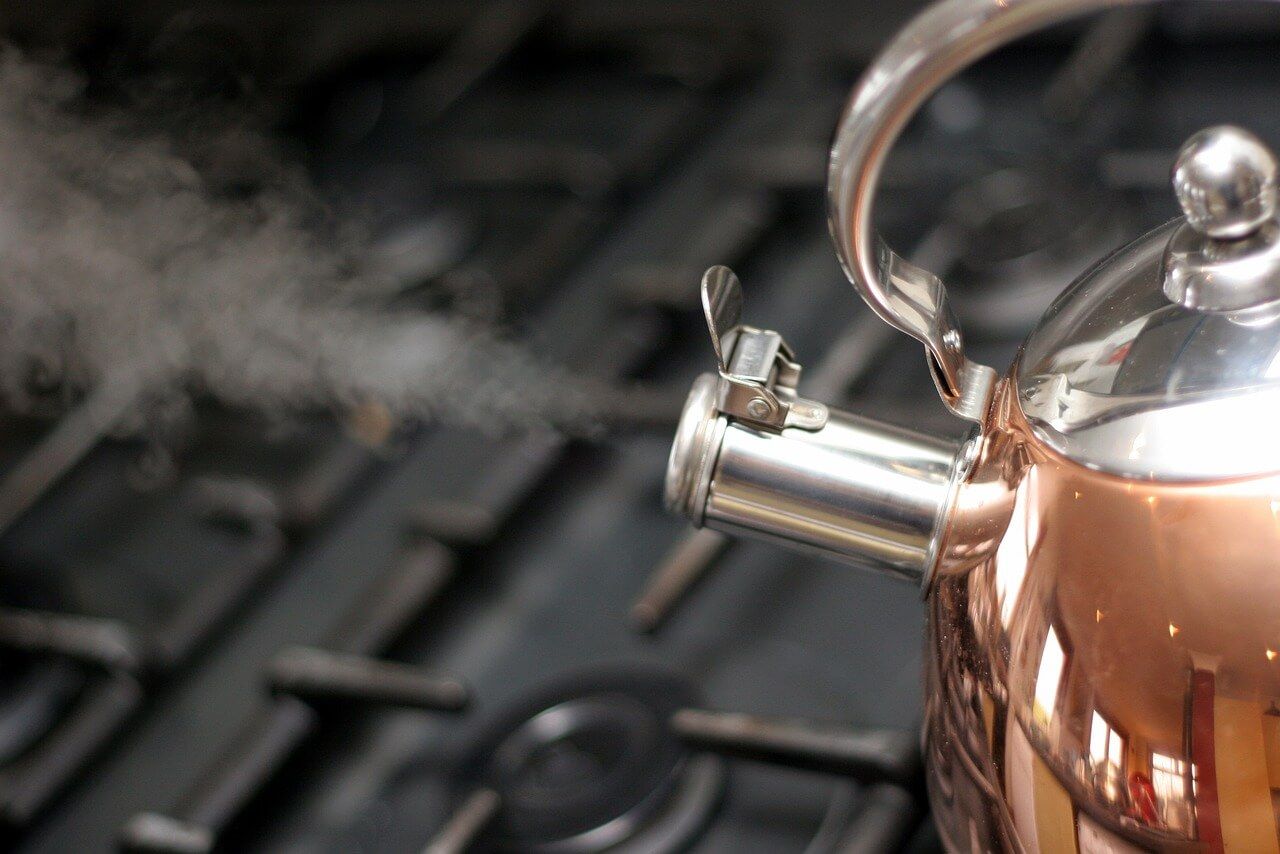Brewing tea is a delicate process that demands attention to detail and a touch of finesse. Utilizing a stovetop kettle adds a traditional charm to your tea-making routine, allowing you to regulate water temperature and achieve the optimal infusion.
In this guide, we'll walk you through the steps to brew an exceptional cup of tea using a stovetop kettle. From selecting premium tea leaves to mastering the steeping time, these helpful tips will elevate your tea-brewing skills and enable you to relish the delightful flavors and enticing aromas of your favorite blends.
Embrace Quality Tea Leaves
The foundation of a truly exceptional cup of tea lies in the choice of top-notch tea leaves. Rather than opting for pre-packaged tea bags, consider loose-leaf teas for a more pronounced flavor experience. Loose-leaf teas offer superior quality, allowing the leaves to unfurl fully during the brewing process. Experiment with a variety of tea types such as black, green, white, or herbal teas to discover your personal favorites.
Preparing Your Stovetop Kettle
Before you start brewing, it's essential to prepare your stovetop kettle. Ensure it's clean and free from lingering flavors by rinsing it thoroughly with warm water. This eliminates any residual dust or impurities. Fill the kettle with fresh, cold water, as the water quality significantly impacts the taste of your tea. It's best to avoid using pre-boiled water or water that has been standing for an extended period.
Achieving the Ideal Water Temperature
Place your kettle on the stovetop and heat it gradually over medium to high heat. The perfect water temperature varies depending on the type of tea you're brewing:
- Black Tea: Aim for a vigorous boil, reaching temperatures of 100°C (212°F).
- Green Tea: Opt for a slightly lower temperature, around 75-85°C (165-185°F).
- White Tea: Use a gentle heat, maintaining temperatures between 70-80°C (160-175°F).
- Herbal Tea: Like black tea, bring the water to a full boil.
Remember, achieving the right water temperature is crucial for extracting the desired flavors from the tea leaves and avoiding any bitterness or astringency.
For a more in-depth understanding of the visual cues for optimal water temperature, check out our related article: "The Art of Boiling Water: Optimal Temperatures for Brewing Tea in a Kettle."
Measuring the Tea Leaves
As your water heats up, it's time to measure the right amount of tea leaves. A general rule of thumb is to use about one teaspoon of loose-leaf tea for each 8-ounce cup of water. Feel free to adjust the quantity to suit your taste and the strength of tea you desire.
Unleashing the Tea's Essence
Once the water has reached the optimal temperature, remove the kettle from the heat. Place your measured tea leaves into the kettle's infuser basket or chamber. Immerse the infuser in the water and cover the kettle with a lid.
Perfecting the Steeping Time
Allow the tea to steep for the recommended time based on the type of tea you're brewing:
- Black Tea: Steep for 3-5 minutes for a robust and full-bodied flavor.
- Green Tea: A shorter steeping time of 2-3 minutes is ideal.
- White Tea: Keep it brief with a 1-3 minute steep.
- Herbal Tea: Allow for a longer steeping time of 5-7 minutes.
Adhering to these guidelines ensures a balanced infusion, capturing the essence of the tea leaves. Oversteeping can make your tea bitter, while understeeping may result in a weak brew lacking in flavor.
Embracing the Tea Experience
After the steeping time is complete, carefully remove the infuser basket or chamber from the kettle. Place it on a designated tea tray to avoid over-extraction. Pour the freshly brewed tea into your cup and consider enhancing it with sweeteners like honey or sugar. You can also add a splash of milk or a slice of lemon, depending on your taste preferences.
Relishing the Journey
Take a moment to engage your senses fully. Inhale the inviting aromas and savor the complex flavors that unfold with each sip. Allow yourself to be enveloped in a sense of relaxation and serenity as you appreciate the art and ritual of tea brewing.
Conclusion: The Artistry of Tea Brewing
Crafting the perfect cup of tea using a stovetop kettle is a rewarding experience. It allows you to explore the nuances of various tea types. By choosing high-quality tea leaves, heating the water to the right temperature, and steeping for the optimal time, you achieve a harmonious blend of flavors and aromas.
If you're interested in expanding your tea repertoire, consider exploring new blends and let your stovetop kettle be your guide in this quest for tea perfection.
Frequently Asked Questions
What is the best water temperature for brewing tea?
The ideal water temperature varies depending on the type of tea. For black tea, aim for boiling water at 100°C/212°F. For green tea, a temperature of 75-85°C (165-185°F) is recommended.
How long should I steep my tea?
Steeping times differ based on the type of tea. Black tea usually requires 3-5 minutes, green tea 2-3 minutes, white tea 1-3 minutes, and herbal teas 5-7 minutes.
Can I reuse tea leaves?
Yes, high-quality loose-leaf teas can often be steeped multiple times. However, each subsequent steeping may result in a lighter flavor.
Is it okay to add milk and sugar to my tea?
This is a matter of personal preference. Traditionalists might prefer tea without additives, but many people enjoy their tea with milk, sugar, or even a slice of lemon.
What are the benefits of using a stovetop kettle?
Stovetop kettles allow for more control over the water temperature and are often considered more traditional compared to electric kettles.
Further Reading
- Delve into T Ching's article "Dirty Little (Tea) Secrets" for insights on how to clean your kettle effectively.
- For those looking to purchase a new stovetop kettle, check out our recommended stovetop kettles for tea lovers article for valuable insights.



